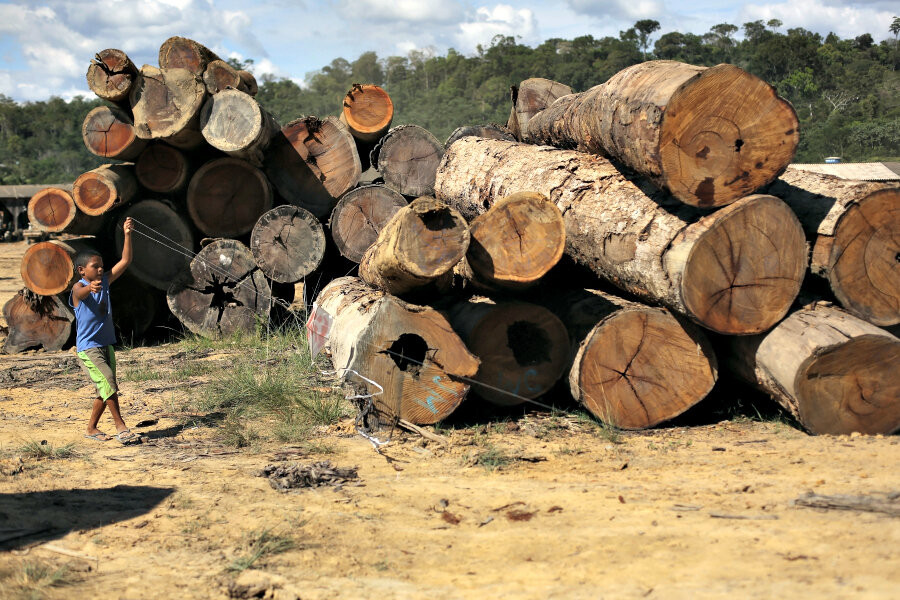New satellite program to cut down on illegal logging in real time
Loading...
| TORONTO
Taken from outer space, the satellite images show illegal loggers cutting a road into a protected area in Peru, part of a criminal enterprise attempting to steal millions of dollars worth of ecological resources.
With the launch of a new satellite mapping system March 2, governments and environmentalists will have access to hard evidence of these types of crimes almost in real time as part of a push by scientists to improve monitoring of tropical deforestation.
Tropical forests nearly the size of India are set to be destroyed by 2050 if current trends continue, a study warned last year, causing species loss, displacement, and a major increase in climate-changing greenhouse gas emissions.
Prior to the launch of the Global Land Analysis and Discovery (GLAD) alerts, researchers would have to manually track images of logging in specific areas.
The new process, developed by scientists at the University of Maryland and Google, uses an algorithm to analyze weekly updates of satellite images and sends automatic notifications about new logging activity.
"This is a game changer," said Matt Finer from the Amazon Conservation Association, an environmental group.
His organization tracks illegal logging in Peru, sending images of deforestation to policymakers, environmentalists, and government officials to try and protect the Amazon rain forest.
In the past, he would rely on tips from local people about encroachment by loggers, then look at older satellite images to try and corroborate the claims.
"With this new data we can focus on getting actionable information to policymakers," Finer told the Thomson Reuters Foundation.
"We have seen how powerful these images can be," he said, citing a case where his group brought pictures of illegal gold miners cutting down trees to the Peruvian government, who then removed the miners.
University of Maryland professor Matthew Hansen is one of the scientists who developed GLAD, which can track plots of deforestation the size of a basketball court from space.
Initially, GLAD data will only be available for Peru, the Republic of Congo, and Indonesia.
"Our challenge this year is to move beyond those three countries," Hansen told the Thomson Reuters Foundation.
Providing weekly updates on logging and resource projects can help improve local governance, he said, as governments will have documented evidence when protected areas are violated.
• Reporting By Chris Arsenault; editing by Astrid Zweynert. This story originally appeared on the website of the Thomson Reuters Foundation, the charitable arm of Thomson Reuters that covers humanitarian news, women's rights, trafficking, corruption, and climate change. Visit http://news.trust.org.





